Introduction from the editor
Hear editor Konstantina Skaltsa outline this guidebook on COA implementation and analysis, designed for both statisticians and non-statisticians.
Watch Clip
An educational guidebook that encourages statisticians and non-statisticians to think beyond the traditional statistical methods to maximize data insights
Download NowAs standardized measures that describe or reflect how a patient feels or functions, clinical outcome assessments (COAs) are the most common method of incorporating patient experience data (PED) into clinical trial endpoints. Although the principle behind COA measurement is sound, COAs are useful to sponsors, reviewers, healthcare professionals and patients only if they generate insights that are meaningful, interpretable and non-misleading.
IQVIA’s Patient Centered Solutions (PCS) team has developed this educational guidebook in an effort to establish an authoritative text on how to robustly analyze COA data. Defining and Analyzing Patient-centric Endpoints Based on COAs and Digital Technologies promotes the basics of COA implementation and analysis in intervention development across the pharmaceutical industry. The guidebook also encourages statisticians and non-statisticians to think beyond the traditional statistical methods to maximize data insights and ask broader questions such as:
- How do you define patient-relevant COA endpoints focused on efficacy, safety and tolerability that will answer meaningful research objectives?
- What are the best ways (traditional and emerging) to analyze different types of COA endpoints, including intensive longitudinal data (ILD) endpoints from digital health technologies?
- What is the estimand framework (in lay person’s terms)? How is it useful in planning COA endpoint development and analysis?
Consisting of nine chapters, Defining and Analyzing Patient-centric Endpoints Based on COAs and Digital Technologies was initially released in installments before its publication in collected book form.
Download Now
This brief abstract defines the challenges of using COAs to incorporate PED intro trial endpoints, and outlines the objectives of the guidebook.
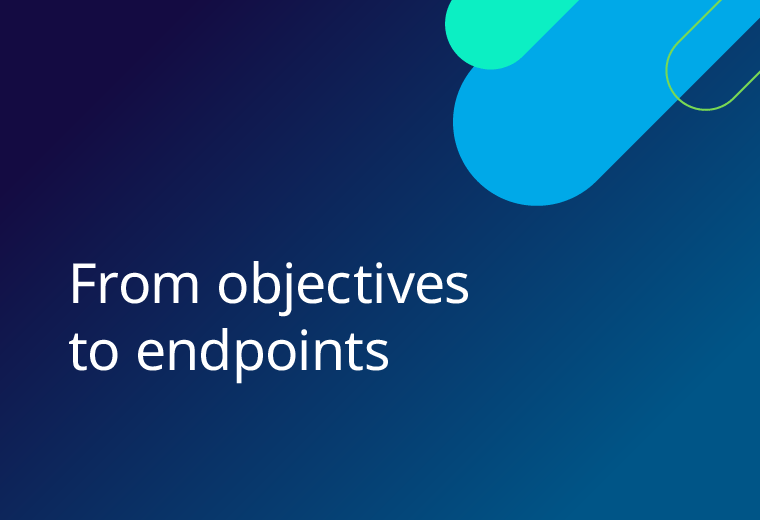
This chapter offers guidance on how to define patient-relevant COA endpoints that will answer meaningful research objectives in clinical trials.
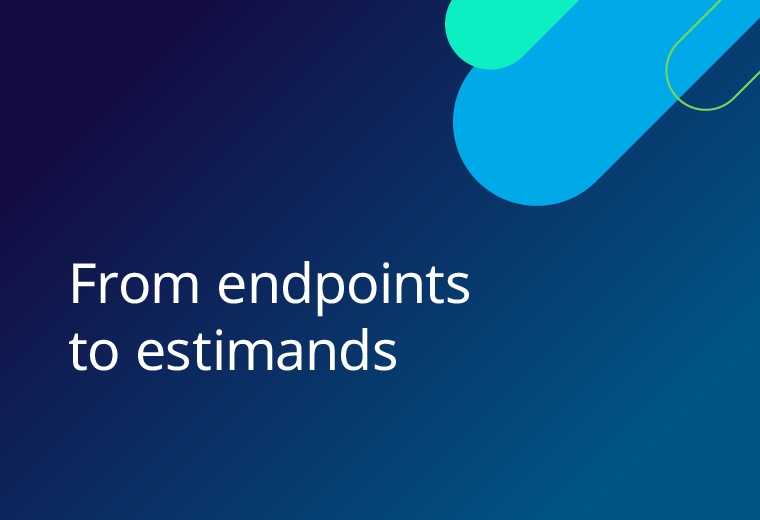
This chapter provides a gentle introduction to the estimand framework (in lay terms), and its role in planning and analyzing clinical trial endpoints using COAs, with an emphasis on accounting for intercurrent events (ICEs).
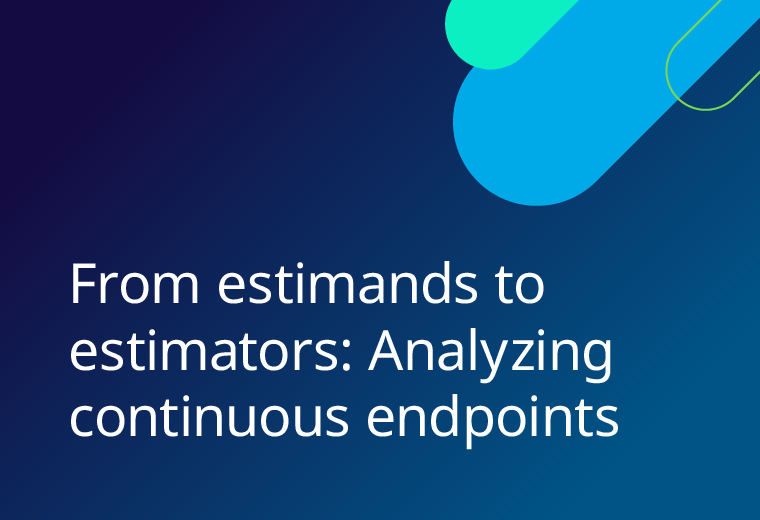
This chapter outlines how to best analyze continuous COA endpoints using traditional and emerging statistical approaches, while accounting for ICEs.
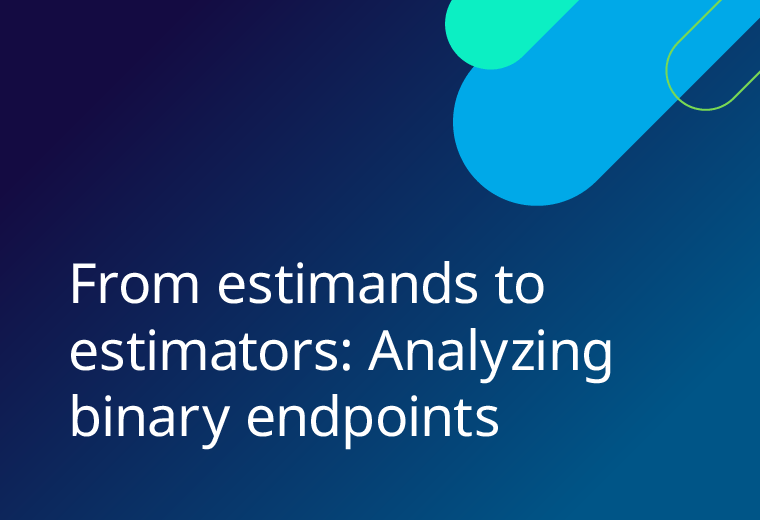
This chapter outlines how to best analyze binary COA endpoints using traditional and emerging statistical approaches, while accounting for ICEs.
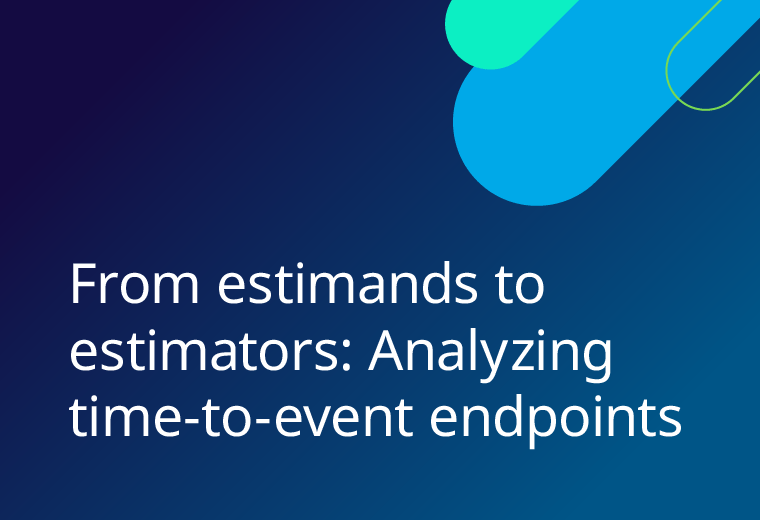
This chapter outlines how to best analyze time-to-event COA endpoints using traditional and emerging statistical approaches, while accounting for ICEs.

This special chapter discusses approaches to scoring COA instruments.
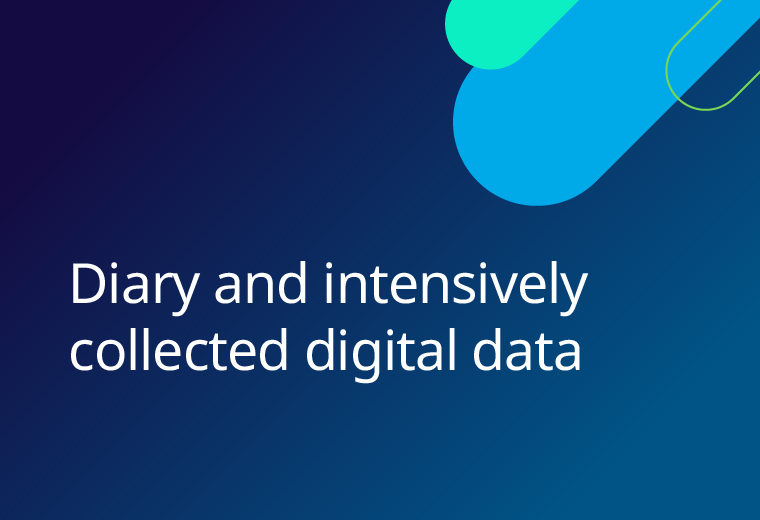
This chapter outlines how to obtain more granular insights on patients’ experience by collecting and analyzing diary data and other intensive longitudinal data (ILD).

This chapter discusses the emerging role of COA data to assess tolerability from the quantitative point of view, and the specific analytical considerations.
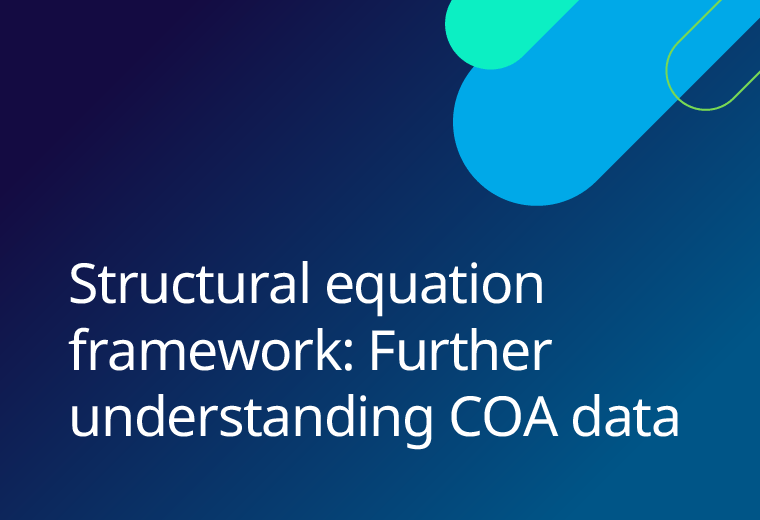
This chapter synthesizes alternative approaches to analyzing COA data which can offer additional insight and aid interpretation (e.g., by understanding how different aspects measured by COAs impact each other).
Konstantina Skaltsa, Ph.D.
Director, Statistics and Psychometrics, Patient Centered Solutions
Dr. Skaltsa is a statistician by training with almost 20 years of academic and industry experience in the area of clinical outcome assessments (COA). She serves as a subject-matter expert in psychometrics and statistics for COA endpoint strategy in drug development programs, as well as teaching statistics and clinical trials in BSc and MSc programs. Dr. Skaltsa’s focus is on advancing the science in COA endpoint definitions (efficacy, tolerability, diary or digital), estimands and statistical methodology, including handling of missing data.
Matt Reaney, Ph.D., CPsychol, C.Sci
Global Science and Analytics Lead, IQVIA Patient Centered Solutions; Head of the Patient Centered Solutions Institute
Dr. Reaney has over 20 years of experience in conducting and teaching qualitative and quantitative patient experience research, including the development and validation of COAs, patient preference research and real-world patient experience studies. He has held numerous leadership positions in healthcare consulting and in pharmaceutical companies, published more than 100 research papers, and given more than 120 congress presentations, webinars, workshops, panels and keynote speeches.